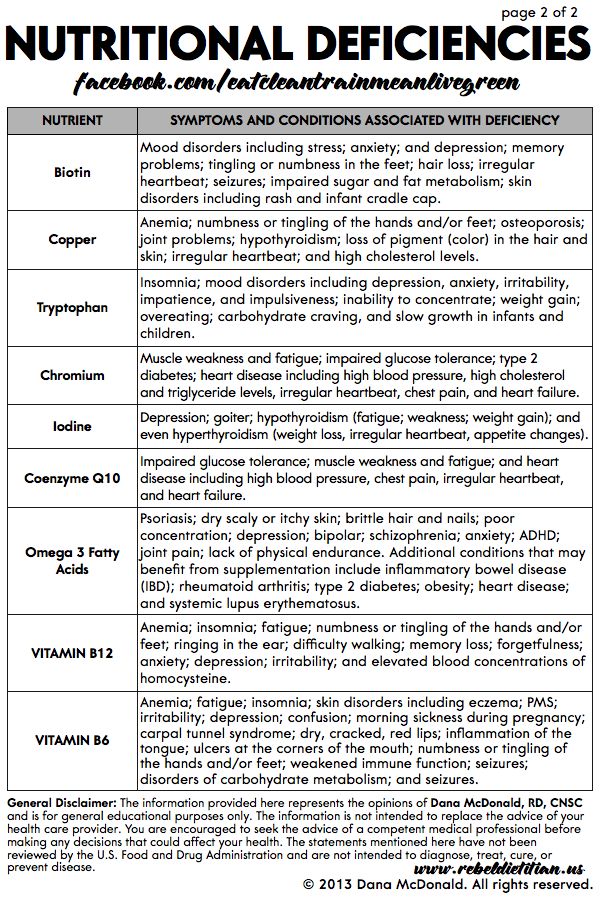Attention seeking symptoms
Attention Seeking Behavior in Adults: Causes, Other Symptoms, More
For adults, attention-seeking behavior is a conscious or unconscious attempt to become the center of attention, sometimes to gain validation or admiration.
Attention-seeking behavior can include saying or doing something with the goal of getting the attention of a person or a group of people.
Examples of this behavior include:
- fishing for compliments by pointing out achievements and seeking validation
- being controversial to provoke a reaction
- exaggerating and embellishing stories to gain praise or sympathy
- pretending to be unable to do something so someone will teach, help, or watch the attempt to do it
Attention-seeking behavior may be driven by:
- jealousy
- low self-esteem
- loneliness
Sometimes attention-seeking behavior is the result of cluster B personality disorders, such as:
- histrionic personality disorder
- borderline personality disorder
- narcissistic personality disorder
Jealousy
Jealousy may come about when someone feels threatened by another person currently getting all the attention.
This, in turn, can lead to attention-seeking behavior to change the focus.
Self-esteem
Self-esteem is a broad term covering a variety of complex mental states involving how you view yourself.
When some people believe that they’re being overlooked, bringing back the lost attention is may feel like the only way to restore their balance.
The attention that they get from this behavior may help provide them with the feeling of reassurance that they are worthy.
Loneliness
According to the Health Resources and Services Administration, 1 in 5 Americans say they feel lonely or socially isolated.
Loneliness can result in an urge to seek attention, even in people who don’t normally exhibit attention-seeking behavior.
Histrionic personality disorder
According to the National Library of Medicine, histrionic personality disorder is characterized by feeling underappreciated when not the center of attention.
For someone to receive a diagnosis of histrionic personality disorder, they need to meet at least 5 of the following criteria:
- uncomfortable when not the center of attention
- provocative or seductive behavior
- shallow and shifting emotions
- using appearance to draw attention
- vague or impressionistic speech
- exaggerated or dramatic emotions
- is suggestible
- treating relationships as more intimate than they are
Borderline personality disorder
Borderline personality disorder is a continuing pattern of instability in self-image, interpersonal relationships, emotion, and impulsivity.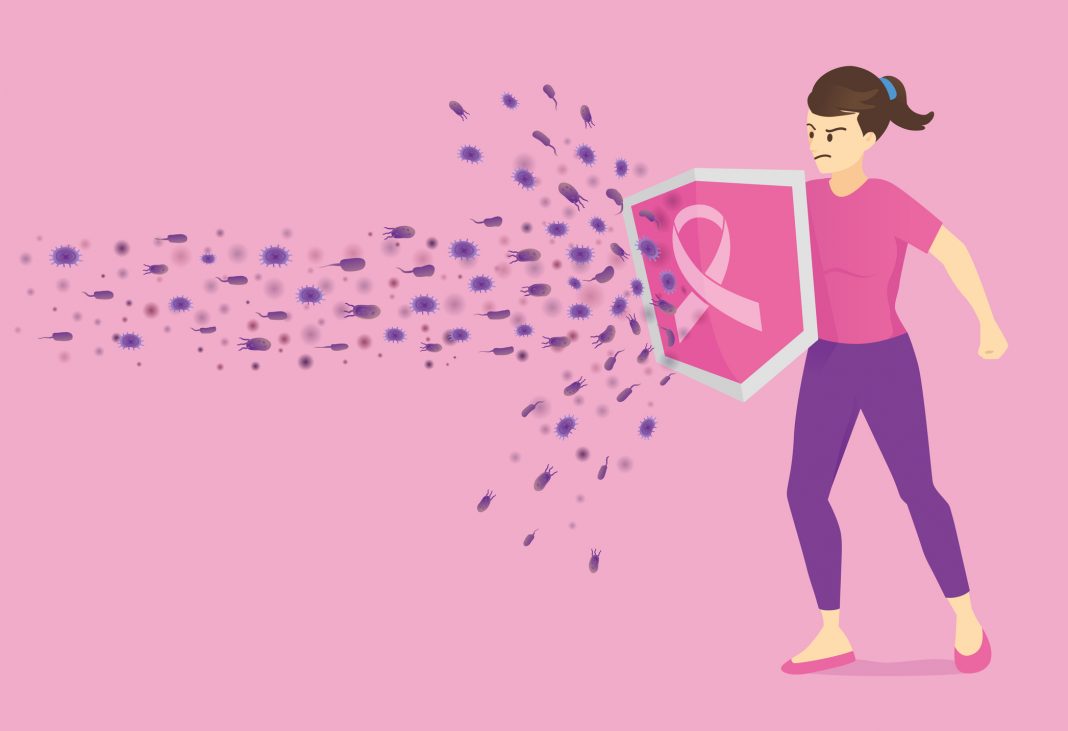
According to the National Institute of Mental Health, for someone to receive a diagnosis of borderline personality disorder, they need to display at least 5 of the following criteria:
- frantic efforts to avoid real or imagined abandonment
- a pattern of intense and unstable interpersonal relationships with extremes between devaluation and idealization
- a decidedly or persistently unstable self-image or sense of self
- engaging in potentially self-damaging, impulsive behavior
- recurring self-harm or suicidal behavior, including threats or gestures
- emotionally instability in daily reactions, such as through irritability, anxiety, or intense sadness
- chronic feelings of emptiness
- inappropriately intense anger that’s often difficult to control
- transient, stress-related paranoia or disassociation
Narcissistic personality disorder
Those with narcissistic personality disorder typically have a need for admiration with a lack of empathy.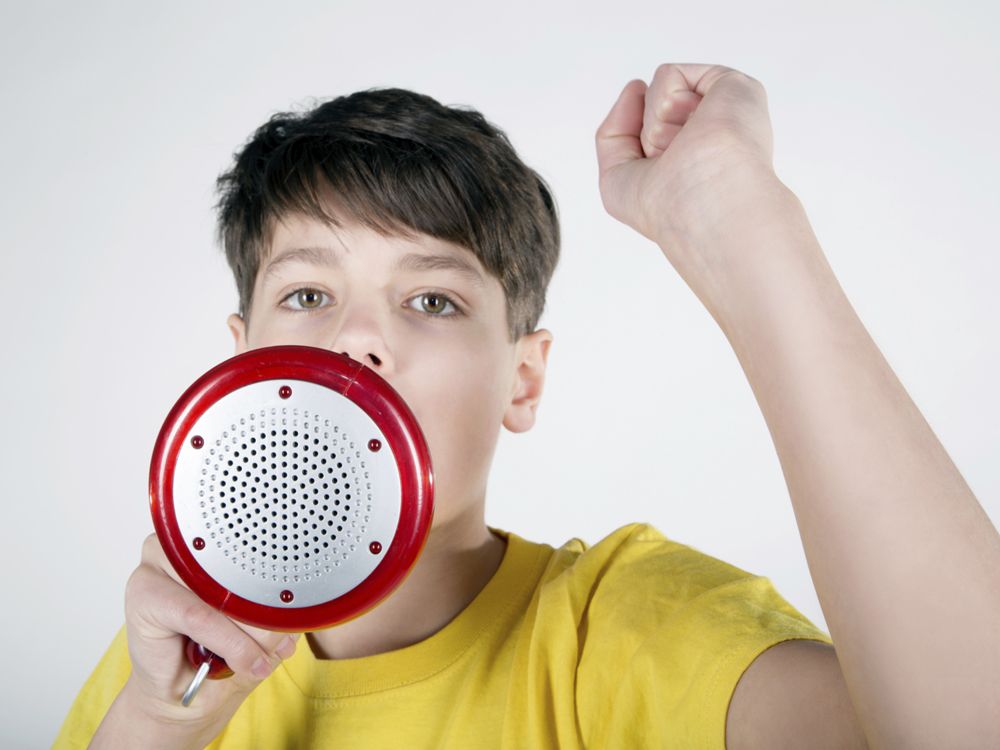
According to the American Psychiatric Association, for someone to receive a diagnosis of narcissistic personality disorder, they need to display at least 5 of the following criteria:
- a grandiose sense of self-importance
- a preoccupation with fantasies of power, unlimited success, brilliance, ideal love, beauty
- a belief in their own uniqueness, especially that they should only associate with, and will only be understood by, high-status institutions and high-status people
- demand for excessive admiration
- a sense of entitlement and unreasonable expectation of favorable treatment or automatic compliance with their expectations
- taking advantage of others to achieve their own ends
- unwillingness to identify with or recognize the needs and feelings of others
- envy of others and belief that others are envious of them
- haughty, arrogant attitudes or behaviors
If you notice this behavior is constantly recurring, it’s probably best for the person display the behavior to visit an experienced mental health professional.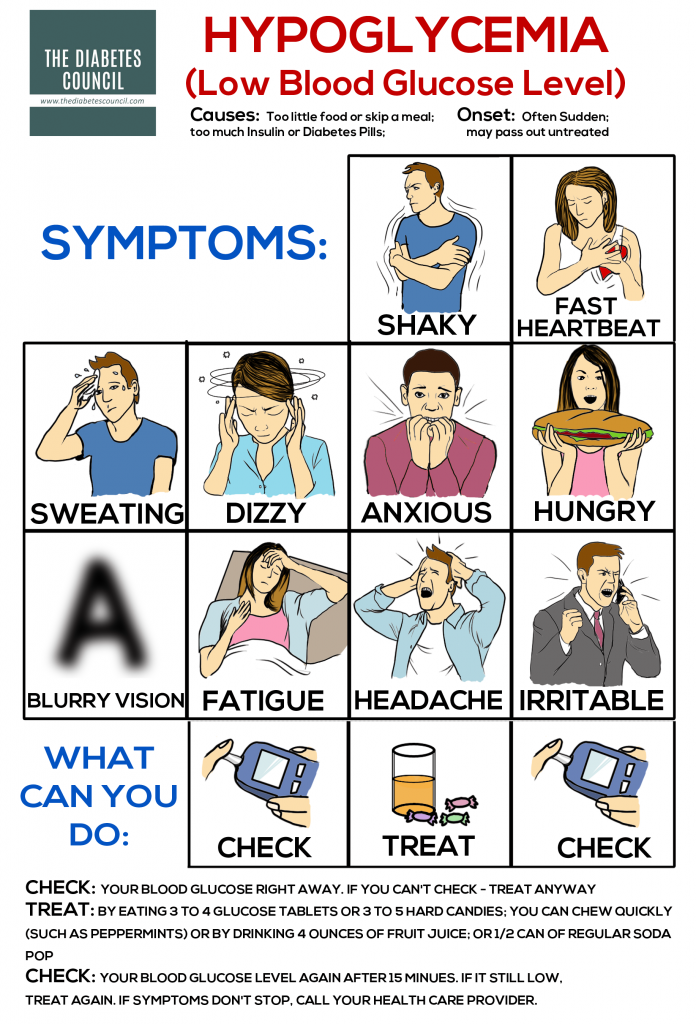
If left unchecked, attention-seeking behavior can often become manipulative or otherwise harmful.
Attention-seeking behavior may stem from jealousy, low self-esteem, loneliness, or as a result of a personality disorder.
If you notice this behavior in you or someone else, a mental health professional can provide diagnosis and treatment options.
How to Recognize & Deal With Attention Seeking Behavior
Skip to contentPublished: December 16, 2021 Updated: November 23, 2022
Published: 12/16/2021 Updated: 11/23/2022
Written by:
Silvi Saxena
MBA, MSW, LSW, CCTP, OSW-C
Written by:
Silvi Saxena
MBA, MSW, LSW, CCTP, OSW-C
Attention-seeking behaviors are attempts to become the center of attention. The motivation behind this behavior is usually ego-driven, where the attention serves as validation of some kind. While everyone has the occasional need for attention, going out of your way to employ these attention seeking behaviors to gain recognition from others is an issue, and can be indicative of deeper problems.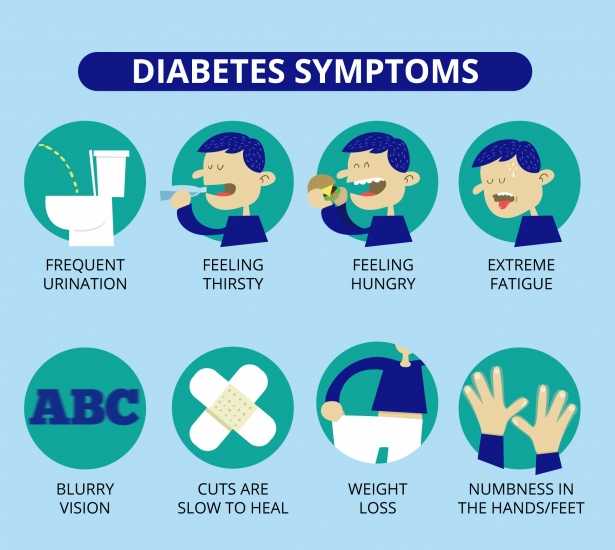
Is your atttention seeking behavior backfiring? Learn to attract positive attention in therapy. BetterHelp has over 20,000 licensed therapists who provide convenient and affordable online therapy. BetterHelp starts at $60 per week. Complete a brief questionnaire and get matched with the right therapist for you.
Choosing Therapy partners with leading mental health companies and is compensated for marketing by BetterHelp
Visit BetterHelp
What Is Attention Seeking Behavior?
Attention seeking behavior is typically extreme and dramatic, and the methods usually are very unhealthy and can be indicative of other mental health issues. Long term, attention seeking behaviors can ruin friendships and relationships because others may start to feel manipulated, even if the person seeking attention isn’t aware they are acting this way.1
There is a line between attention seeking behavior and craving a normal amount of attention. Attention makes us feel understood, loved, and even acknowledged for what is being validated by the attention. Attention seeking behaviors, however, put others in uncomfortable situations because they may feel obligated to give attention as opposed to wanting to give genuine attention without being provoked to do so.
Attention makes us feel understood, loved, and even acknowledged for what is being validated by the attention. Attention seeking behaviors, however, put others in uncomfortable situations because they may feel obligated to give attention as opposed to wanting to give genuine attention without being provoked to do so.
Attention Seeking Behavior In Adults
Attention seeking behavior in adults looks different than typical, healthy need for connection. It can look like:2
- Causing a panic in a meeting or even at the grocery store
- Seeking out conflict in a group
- Posting luxurious vacation photos on social media to see how many “likes” they can get
- Posting a fancy outfit with the goal of getting others to compliment them
Attention Seeking Behavior In Children
Attention seeking behavior in children can be easily misconstrued. A child who is seeking attention may ask for help doing something they are capable of doing and have demonstrated before.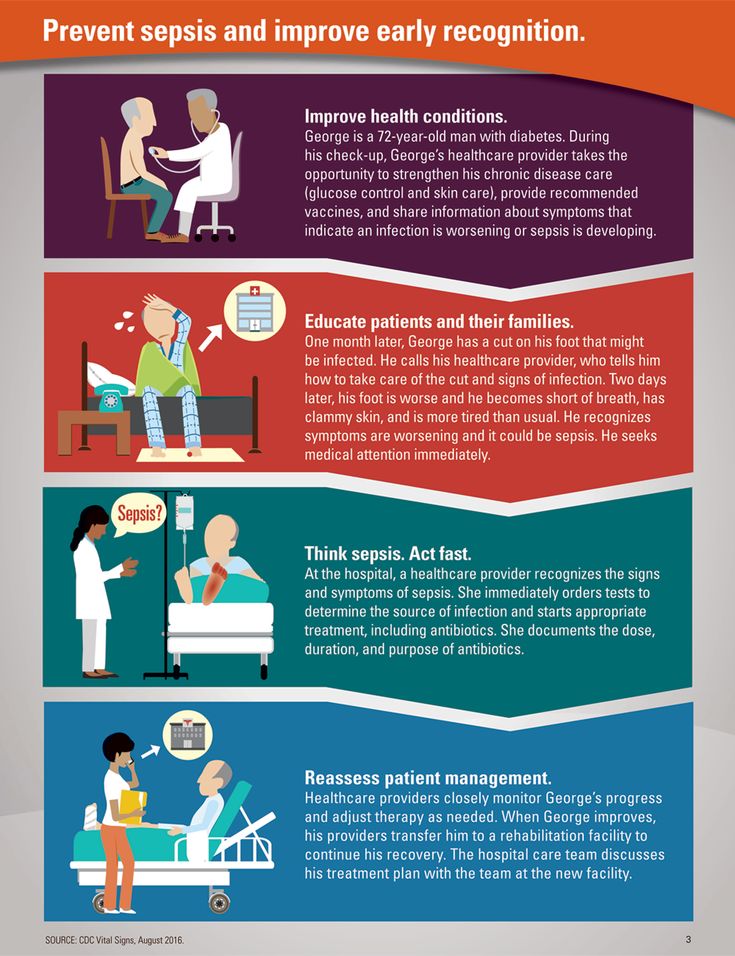 Or, a child who keeps interrupting their parent who is on the phone while knowing they are on the phone. It’s possible to work to resolve these behaviors in children and ensure they can learn better ways to cope, and by giving children structure with expectations of when the children will have their parent’s undivided attention.3
Or, a child who keeps interrupting their parent who is on the phone while knowing they are on the phone. It’s possible to work to resolve these behaviors in children and ensure they can learn better ways to cope, and by giving children structure with expectations of when the children will have their parent’s undivided attention.3
Examples of Attention Seeking Behavior
Vying for attention can take on many forms. Some people may be looking for positive attention wherever they can get it, whereas others may enjoy stirring up conflict to get the attention back on themselves.
Here are nine examples of attention seeking behavior:
- Fishing for compliments: An individual looking for praise instead of being organically complimented is a red flag that the individual is attention seeking.
- Exaggerating a story: Embellishing a story and over-dramatizing what actually happened is also a sign.
- Purposefully being argumentative to cause a scene: This is classic attention seeking behavior because a big scene will place the individual in the center of the group.
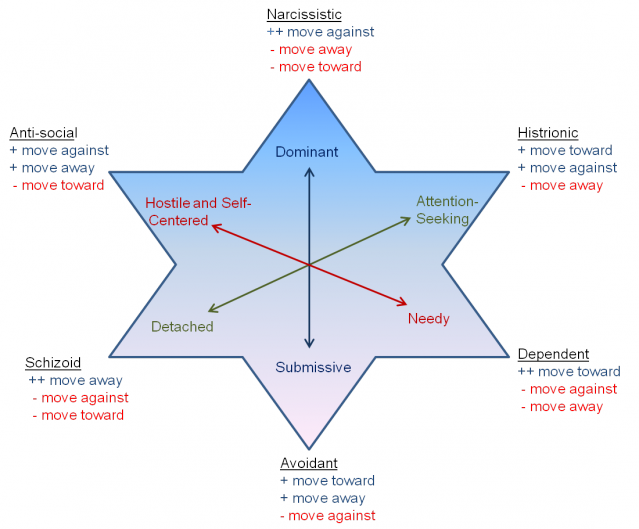
- Seeking sympathy: Getting sympathy from others isn’t always a negative thing. When we lose a loved one, we often get sympathy from others. For attention seekers, sympathy seeking involves purposefully doing certain things or embellishing stories to be portrayed as a victim. Attention seekers also seek sympathy by complaining often for things large and small, hoping one of these things will provoke sympathy in others.
- Pretending to not know how to do something so someone will help: People may pretend to have more needs than they actually have because they want someone around to just give them undivided attention.
- Pretending to be able to do something no one else can: Some may want people to look at what they can do and praise them.
- Obsessively taking photos for the sole purpose to post on social media: Posting for the purpose for others to view and praise is a red flag of attention seeking behavior if someone has gone out of their way drastically to capture the photo, and if this is done often.
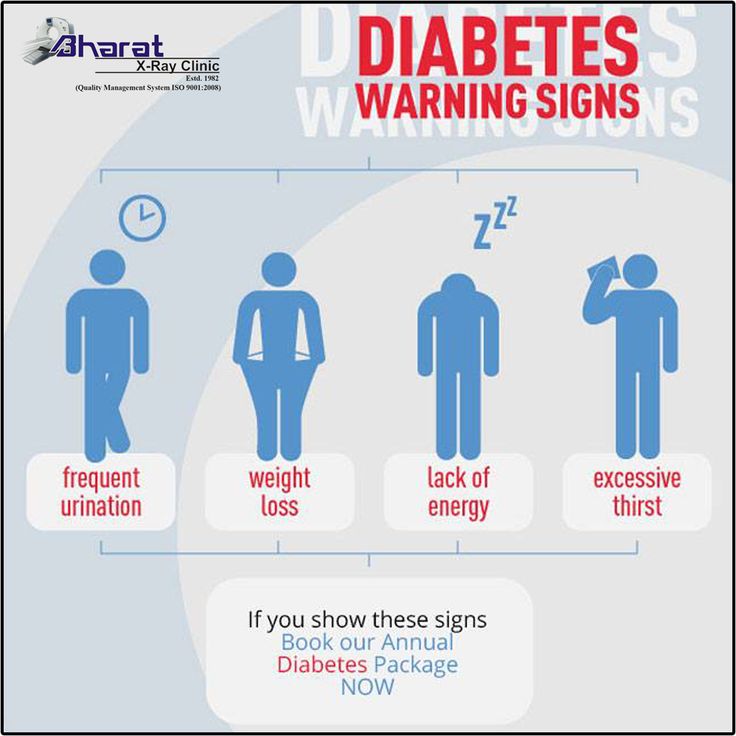
- Constantly taking over the conversation: Diverting a story to talk about oneself is a clear sign of attention seeking behavior.
- Being opportunistic at someone else’s expense or circumstance: Similar to seeking sympathy or taking over a conversation, being opportunistic diverts attention to you for something that is unrelated to you so the focus can stay on you.
Causes of Attention Seeking Behavior
There are many reasons why people act out and seek attention. These behaviors are usually a symptom of something else or a need that is not being met. Attention seekers usually have general fears around their relationships or insecurities including feelings of jealousy.
Potential causes of attention seeking behavior in adults include:4
- Low self-esteem
- Histrionic personality disorder
- Narcissistic personality disorder
- Borderline personality disorder
- Loneliness
- Anxiety
- Jealousy
- Fixation on drama
- Unresolved trauma
- ADHD
- Bipolar disorder
BetterHelp has over 20,000 licensed therapists who provide convenient and affordable online therapy. BetterHelp starts at $60 per week. Complete a brief questionnaire and get matched with the right therapist for you.
BetterHelp starts at $60 per week. Complete a brief questionnaire and get matched with the right therapist for you.
Choosing Therapy partners with leading mental health companies and is compensated for marketing by BetterHelp
Visit BetterHelp
How to Stop Someone’s Attention Seeking Behavior
It can be difficult to know how to navigate a situation where someone is hogging all the attention. Depending on the context and how well you know the person, it’s helpful to clearly communicate boundaries and make sure you’re also giving the person undivided attention when it’s appropriate to do so—especially if it’s a child who appears to be acting out.
Here are seven strategies on how to stop attention seeking behavior:
- Reframe attention seeking to connection seeking: Remembering most people are looking for comfort and security can help you feel less annoyed by the behavior and feel more compassion for the individual acting out.
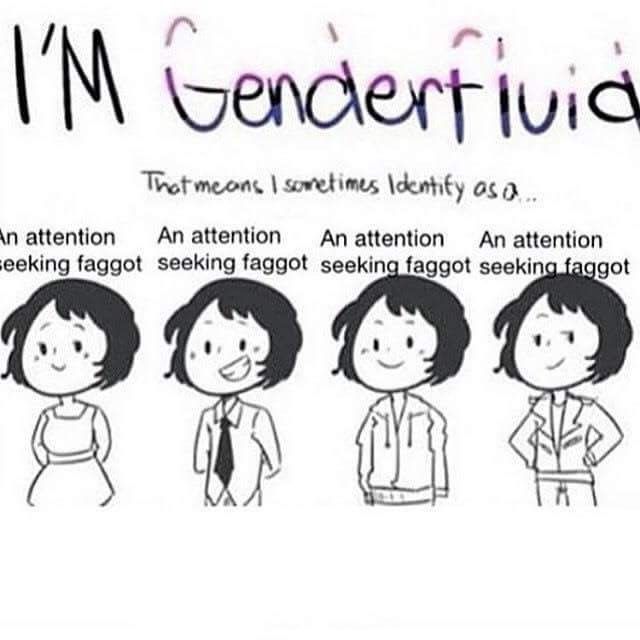
- Don’t give them positive reinforcement: When someone is acting out, don’t give in and reinforce that behavior.
- Encourage them to seek therapy: Help them understand that therapy can help address the underlying issues contributing to this behavior.
- Give honest communication without shame or judgement: Be loving in sharing how the attention seeking behavior is impacting you and your relationship.
- Teach them how to calm their mind: Help them understand what is going on by inviting them to yoga with you or sharing in a guided meditation.
- Set expectations and boundaries: Be clear and firm about your boundaries and expectations of your time and availability.
- Set time for undivided attention: Make sure you have enough time for undivided attention so attention seeking behavior doesn’t feel justified.
Whether you’re unsure of how to help someone else or you struggle with needing attention yourself, a therapist will have a new perspective for how to navigate this issue.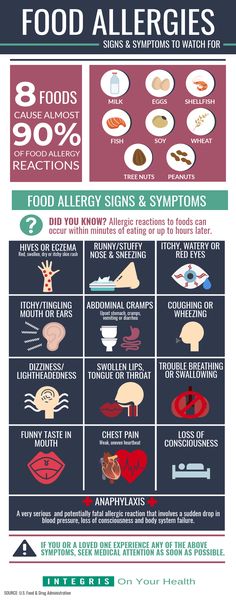
For Someone Wanting to Limit Their Attention Seeking Behaviors
Seeking professional help may be a great way to start your process of healing from these behaviors, especially if there is an underlying issue like a personality disorder, anxiety, depression, or unresolved trauma. Signs that you may want to speak with a therapist or counselor include general insecurities being exacerbated, anxiety, depression, anger, rage and jealousy.
For Someone Dealing With a Loved One
Talking to a therapist is a great way to cope if you are dealing with a loved one who often exhibits attention seeking behavior. Working to understand where these may come from and how to respond can be helpful to ensuring the relationship doesn’t deteriorate. Couples therapy or family therapy may also be helpful so that everyone is on the same page. A therapist can help to make sense of where these behaviors come from and how to change them. You can search an online online therapist directory to find a therapist who can assist you with these attention seeking behaviors.
Final Thoughts
Needing attention from time to time is typical for everyone, but going out of your way to get that attention and placing your loved ones, friends, or coworkers in uncomfortable situations for your own benefit is a red flag. Attention seeking behavior can be a sign of a more serious disorder, so keep that in mind the next time you experience or witness these behaviors.
Additional Resources
Education is just the first step on our path to improved mental health and emotional wellness. To help our readers take the next step in their journey, Choosing Therapy has partnered with leaders in mental health and wellness. Choosing Therapy may be compensated for marketing by the companies mentioned below.
BetterHelp (Online Therapy) – Build your self-esteem with the help of a therapist. BetterHelp has over 20,000 licensed therapists who provide convenient and affordable online therapy.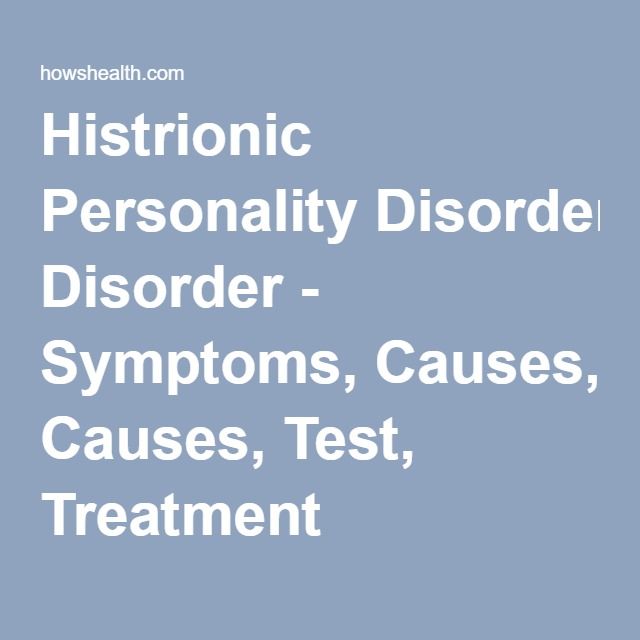 BetterHelp starts at $60 per week. Complete a brief questionnaire and get matched with the right therapist for you. Get Started
BetterHelp starts at $60 per week. Complete a brief questionnaire and get matched with the right therapist for you. Get Started
Online-Therapy.com (Yoga Classes & Therapy) – Engage in activities that make you feel good about yourself! The Online-Therapy.com standard plan includes a weekly 45 minute video session, unlimited text messaging between sessions, and self-guided activities like journaling. Recently, they added instructional Yoga videos. Get Started
Mindfulness.com (App) – Mindfulness and meditation can change your life. In a few minutes a day with Mindfulness.com, you can start developing mindfulness and meditation skills. Free Trial
Choosing Therapy’s Directory – Find an experienced therapist who can help you work towards your ideal self. You can search for a therapist by specialty, availability, insurance, and affordability. Therapist profiles and introductory videos provide insight into the therapist’s personality so you find the right fit.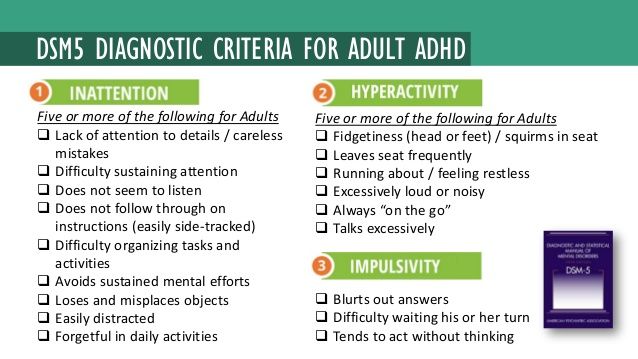 Find a therapist today.
Find a therapist today.
Choosing Therapy partners with leading mental health companies and is compensated for marketing by BetterHelp, Online-Therapy.com, and Mindfulness.com
4 sources
Choosing Therapy strives to provide our readers with mental health content that is accurate and actionable. We have high standards for what can be cited within our articles. Acceptable sources include government agencies, universities and colleges, scholarly journals, industry and professional associations, and other high-integrity sources of mental health journalism. Learn more by reviewing our full editorial policy.
-
Hao, L., Liu, D., Yin, J., Lin, B., Zhang, X., & Jiang, Q. (2021). Peer phubbing and selfie liking: The roles of attention seeking and gender. Social Behavior and Personality: an international journal, 49(7), 1-13.
-
Edwards, F. (2017). An investigation of attention-seeking behavior through social media post framing.
 Athens Journal of Mass Media and Communications, 3(1), 25-44.
Athens Journal of Mass Media and Communications, 3(1), 25-44. -
Watanabe, T. (2020). Attention-seeking Behavior Acquisition from Others Speech in Children with Autism Spectrum Disorders. The Rissho International Journal of Academic Research in Culture and Society, 3, 153-168.
-
Gobes, C. (2017). Social Media and Self-Presentation: Trait Self-Control Predicts Image-Enhancement and Attention-Seeking on Facebook.
Written by:
Silvi Saxena
MBA, MSW, LSW, CCTP, OSW-C
If you are in need of immediate medical help:
Medical
Emergency
911
Suicide Hotline
800-273-8255
Attention Deficit Disorder: Causes, Symptoms, Diagnosis and Treatment
Attention Deficit Hyperactivity Disorder (abbreviated as ADHD) are certain disorders in the psycho-emotional development of a child. The first symptoms begin to bother from the age of three: the baby cannot sit still and tries in every possible way to attract attention to himself by deliberate disobedience.
Many parents do not consider it necessary to deal with hyperactivity in children, attributing bad behavior to a difficult age. However, in the future, the disease turns into serious problems for the student: inability to concentrate, poor progress, frequent criticism from teachers and friends, social isolation, and nervous breakdowns.
Hyperactivity is a dysfunction of the central nervous system. If left untreated in childhood, the disorder can greatly affect the quality of life of an adult. Therefore, it is worth seeking the advice of a specialist and conducting a comprehensive corrective therapy if you suspect a child has ADHD.
The development of ADHD is hidden in several reasons that have been established by scientists on the basis of facts. These reasons include: genetic predisposition; pathological influence.
Genetic predisposition is the first factor that does not exclude the development of malaise in the patient's relatives. Moreover, in this case, both distant heredity (i. e., the disease was diagnosed in ancestors) and near (parents, grandparents) play a huge role. The first signs of attention deficit hyperactivity disorder in a child lead caring parents to a medical institution, where it turns out that the predisposition to the disease in a child is associated precisely with genes. After examining the parents, it often becomes clear where this syndrome came from in the child, since in 50% of cases this is exactly the case. Today it is known that scientists are working on isolating the genes that are responsible for this predisposition. Among these genes, an important role is given to DNA regions that control the regulation of dopamine levels. Dopamine is the main substance responsible for the correct functioning of the central nervous system. Dysregulation of dopamine due to genetic predisposition leads to the disease of attention deficit hyperactivity disorder. Pathological influence is of considerable importance in answering the question about the causes of the manifestation of attention deficit hyperactivity disorder.
e., the disease was diagnosed in ancestors) and near (parents, grandparents) play a huge role. The first signs of attention deficit hyperactivity disorder in a child lead caring parents to a medical institution, where it turns out that the predisposition to the disease in a child is associated precisely with genes. After examining the parents, it often becomes clear where this syndrome came from in the child, since in 50% of cases this is exactly the case. Today it is known that scientists are working on isolating the genes that are responsible for this predisposition. Among these genes, an important role is given to DNA regions that control the regulation of dopamine levels. Dopamine is the main substance responsible for the correct functioning of the central nervous system. Dysregulation of dopamine due to genetic predisposition leads to the disease of attention deficit hyperactivity disorder. Pathological influence is of considerable importance in answering the question about the causes of the manifestation of attention deficit hyperactivity disorder.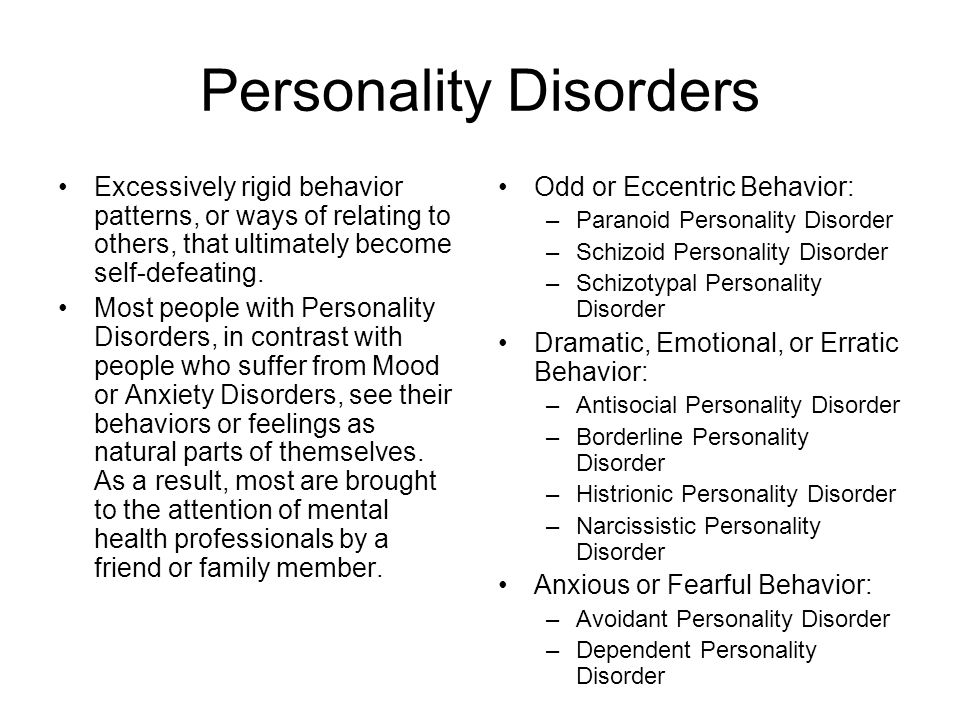 Pathological factors can serve as: the negative impact of narcotic substances; influence of tobacco and alcoholic products; premature or prolonged labor; interrupt threats. If a woman allowed herself to use illegal substances during pregnancy, then the possibility of having a child with hyperactivity or this syndrome is not excluded. There is a high probability of the presence of attention deficit hyperactivity disorder in a child born at 7–8 months of pregnancy, i.e. premature.
Pathological factors can serve as: the negative impact of narcotic substances; influence of tobacco and alcoholic products; premature or prolonged labor; interrupt threats. If a woman allowed herself to use illegal substances during pregnancy, then the possibility of having a child with hyperactivity or this syndrome is not excluded. There is a high probability of the presence of attention deficit hyperactivity disorder in a child born at 7–8 months of pregnancy, i.e. premature.
Symptoms
Attention deficit disorder is expressed primarily in hyperactivity and inattention of the child. These are the main symptoms of the disorder.
Signs of hyperactivity:
- A constant feeling of internal restlessness causes the child to fidget in a chair, jerk his legs, wave his arms or fiddle with something.
- Feelings of anxiety increase when adults are forced to be quiet and calm. This causes a backlash: the children respond to the request not to make noise with stormy laughter, stomping or jumping up from their seats.

- Hyperactivity is expressed in impulsive behavior. For example, a child shouts out an answer in class before the teacher has finished speaking the question. Or he may get into a fight because he is unable to wait his turn in the game competitions.
- Inattentiveness inherent in the hyperactivity syndrome is expressed as follows:
- Any task tires very quickly, just a couple of minutes after the start. It is almost impossible to focus on learning a new subject. Usually children are able to keep their attention on what they are really interested in. But in a child with ADHD, boredom and an absent-minded look appear in any activity, even in the one with which he “fired up” in the first minutes.
- Concentration problems develop distraction. Sitting down for homework in the language, the child opens the math notebook and does not notice that he is writing the text on a sheet in a cage. He forgets to write down information in a diary, he may forget his textbook and notebooks on his desk, or he may not hear a request addressed to him.

- Very poor memory noted. Trying to learn something by heart, a child can repeat a phrase twenty times and not reproduce it after a minute. This happens due to constant distractibility: children mechanically pronounce the words they are learning, but mentally follow the crawling fly on the wall or listen to the sounds from the street.
Diagnosis
Attention Deficit Hyperactivity Disorder (ADHD) is diagnosed using a questionnaire, behavioral observation of the child, and MRI brain examination.
Asking questions to parents, the medical specialist builds a clinical picture, differentiating normal behavioral symptoms from actual abnormalities, in order to accurately determine whether it is ADHD or normal puberty.
Frontal brain scan serves both to investigate attention deficit hyperactivity disorder in children and to confirm the diagnosis.
Treatment of Attention Deficit Hyperactivity Disorder
The best treatment option for ADHD is complex - psychological correction in combination with medications.
A lot depends on the actions of mothers and fathers. Do not constantly scold the baby for wrong actions and inappropriate behavior. It is much more useful to offer your help in cleaning things or preparing for school, to praise for the diligence shown and overcoming difficulties. It is very important to emphasize every achievement, no matter how small, and give the child confidence in their own abilities.
Praise the child for any possible reason - he washed his cup after himself, put away his toys, wrote neatly in a notebook or helped his mother set the table. Do not skimp on words of support even in case of failure, because adults quite often make mistakes and minor misconduct.
Relaxing music, board games, and a warm bath can alleviate irritation or dissatisfaction.
A daily routine put together will help the child gain peace and confidence, it is important for him to understand his duties and their sequence. It is useful to teach the student to make a list of upcoming tasks, given their importance.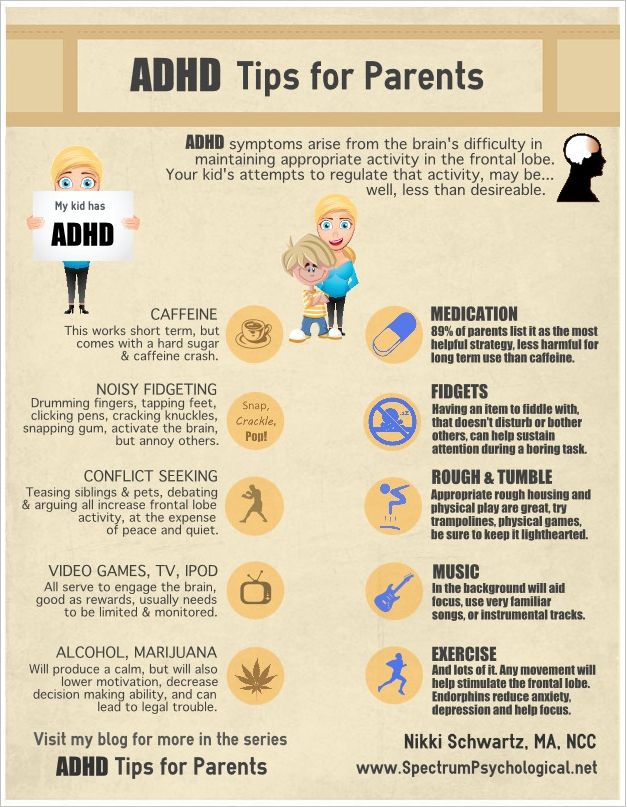 In order not to postpone the started lesson, the unobtrusive help of parents will also be required.
In order not to postpone the started lesson, the unobtrusive help of parents will also be required.
Communication is an important component of normal family relations and the normalization of a child's behavior.
Raising a child with Attention Deficit Disorder is not easy, but do not forget that this diagnosis is not a death sentence. It's just a disease that can be treated.
ADHD in adults - treatment, symptoms, diagnosis
Make an appointment
Treatment of ADHD in adults
Rehabilitation clinic "A NEW DAY" specializes in the treatment of adults with ADHD. We have developed and effectively applied a set of rehabilitation measures for ADHD.
Individual approach
Each patient has his own doctor - a neurologist. He knows everything about the patient and his disease, if necessary, he can make adjustments to the course of treatment at any stage. The main thing is the result. At the end of the course of treatment, individually developed recommendations are issued.
Treatment is always complex
Taking into account the variant of the course, the age of the patient, the severity of manifestations, the most appropriate methods and their combinations are selected:
To correct motor activity and impulsivity, special methods of exercise therapy (LFK), stabilometry with biofeedback (BFB) are used.
In everyday life, ADHD patients are not recommended to engage in those sports that involve a competitive nature and have a pronounced emotional component, for example, martial arts, team games. Useful jogging, swimming (non-competitive), cycling, skiing.
To improve the psychological and emotional state, reduce anxiety, overcome depression, sleep disorders, various methods of psychotherapy are used. The choice of a technique suitable for a particular patient is carried out by a psychologist or psychotherapist.
Relaxation techniques: special relaxation massages, relaxation sessions, medical treatment.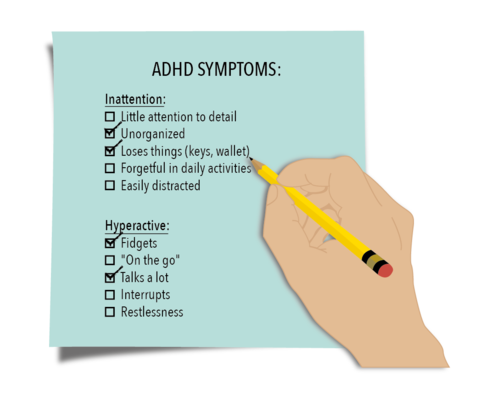
Cognitive training is used for attention deficit. Acupuncture (IRT) is traditionally used to restore the regulation of many organs, including the brain.
Innovative techniques
Translingual neurostimulation (TLNS) is an effect on the brain through the stimulation of tongue receptors. This is an advanced innovative technique, most effectively used in the treatment of diseases of the central nervous system, and as we know, ADHD belongs to such diseases. The use of TLNS allows you to restore the regulation of excitation-inhibition processes in a short time, which ultimately leads to an improvement in the course of ADHD, the best psychological and motor correction. In addition, TLNS has a positive effect on cognitive functions, such as concentration and memory, improves sleep, allowing the body to restore its neurotransmitter stores and have a good rest.
Continuity and recurrence
ADHD has a favorable course when properly treated. It is important to maintain the results achieved.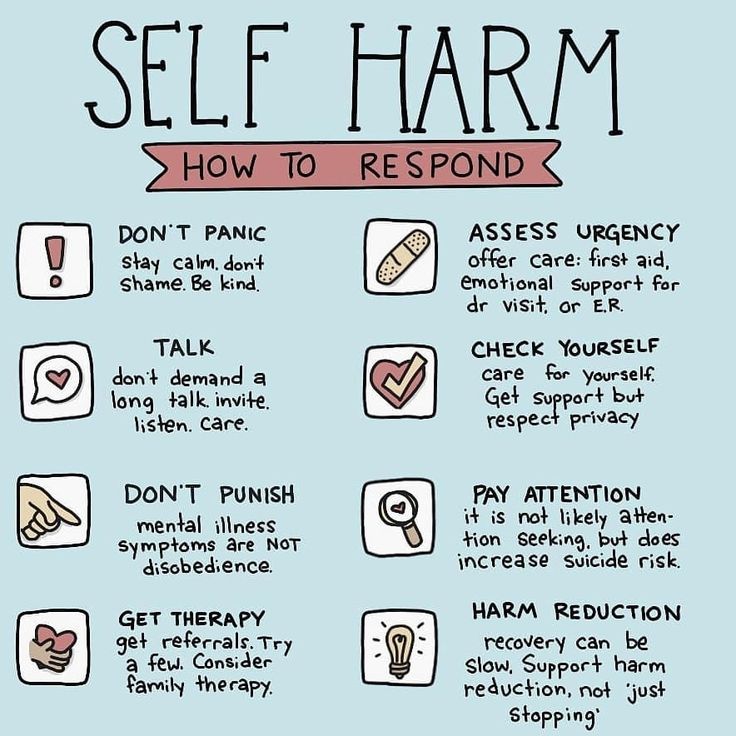 To do this, at discharge, we give detailed individually developed recommendations. As long as there is any residual symptomatology, courses of treatment should be repeated, as a rule, 2-3 times a year.
To do this, at discharge, we give detailed individually developed recommendations. As long as there is any residual symptomatology, courses of treatment should be repeated, as a rule, 2-3 times a year.
Sign up for a consultation
Fill out the form
+7 (812) 603-70-10
Attention deficit disorder in adults
ADHD is a childhood-onset neurological behavioral disorder characterized by difficulty concentrating and maintaining attention, excessive motor activity (hyperactivity) and incontinence (impulsivity).
In recent years, the frequency of ADHD has increased, including among adults. It used to be thought that by adolescence, the symptoms of ADHD would significantly lessen or go away. However, now these ideas have changed: in 30-70% of cases, ADHD persists into adulthood. Most often this is due to insufficiently effective treatment in childhood.
More about ADHD
All processes occurring in the nervous system are based on two oppositely directed mechanisms: excitation and inhibition. Normally they are balanced. However, the formation of the nervous system does not occur immediately after birth. The brain is mainly formed before the age of 8 years, but finally only by the age of 25. Therefore, in children, arousal and inhibition often get out of control, in some cases leading to ADHD. Over time, the brain matures and the symptoms of ADHD improve or go away on their own. But even in an adult, cognitive, behavioral, and motor
Normally they are balanced. However, the formation of the nervous system does not occur immediately after birth. The brain is mainly formed before the age of 8 years, but finally only by the age of 25. Therefore, in children, arousal and inhibition often get out of control, in some cases leading to ADHD. Over time, the brain matures and the symptoms of ADHD improve or go away on their own. But even in an adult, cognitive, behavioral, and motor
disorders resulting from ADHD. That is why the prevalence of ADHD in adults, although it has increased in recent years, still remains much less than in children.
In general, the manifestations in children and adults do not differ, but there are features.
First, if a child does not have ADHD, then an adult will not develop this disease. Therefore, ADHD in adults is not a separate disease, but disorders that have persisted since childhood.
Secondly, in adults, attention disorders prevail over manifestations of hyperactivity.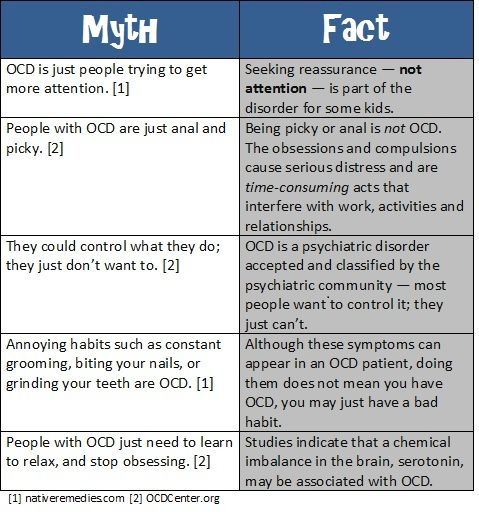 It is difficult for such people to concentrate and maintain attention, so many activities that require concentration may not be available to them. Hyperactivity can be manifested by restlessness, so sedentary sedentary work is not suitable for them.
It is difficult for such people to concentrate and maintain attention, so many activities that require concentration may not be available to them. Hyperactivity can be manifested by restlessness, so sedentary sedentary work is not suitable for them.
Impulsivity can be manifested by conflicts in the family and at work.
And thirdly, the presence of ADHD in adulthood requires careful examination to exclude other disorders, incl. mental illness.
Manifestations of ADHD depend on the course of the disease.
Types of ADHD in adults
-
With a predominance of attention deficit disorder (deficit)
-
With a predominance of hyperactivity
-
Mixed version of the ADHD
Symptoms of ADHD in adults
Symptoms of inattention (in adults - at least 5 symptoms for at least 6 months):
- Inability to concentrate on details, error
- Inability to hold attention for a long time
- Often one gets the impression that he is not listening to spoken speech
- Inability to follow instructions, algorithms, for example, to fulfill conditions tasks
- Resistance to getting involved in tasks, avoiding or active resistance
- Frequent loss of things, especially those necessary to complete tasks
- Easy distractibility to extraneous stimuli or thoughts (“hovering” thoughts)
- Routine forgetfulness (errands, chores, being late)
Symptoms of hyperactivity (in adults, at least 5 symptoms for at least 6 months):
- Constant movements in the hands, feet, fidgeting in a chair
- Getting up from a place
- Inability to sit still
- Inability to pass time calmly
- Answers a question without listening to the question itself
- Difficulty waiting in line
- permissions.
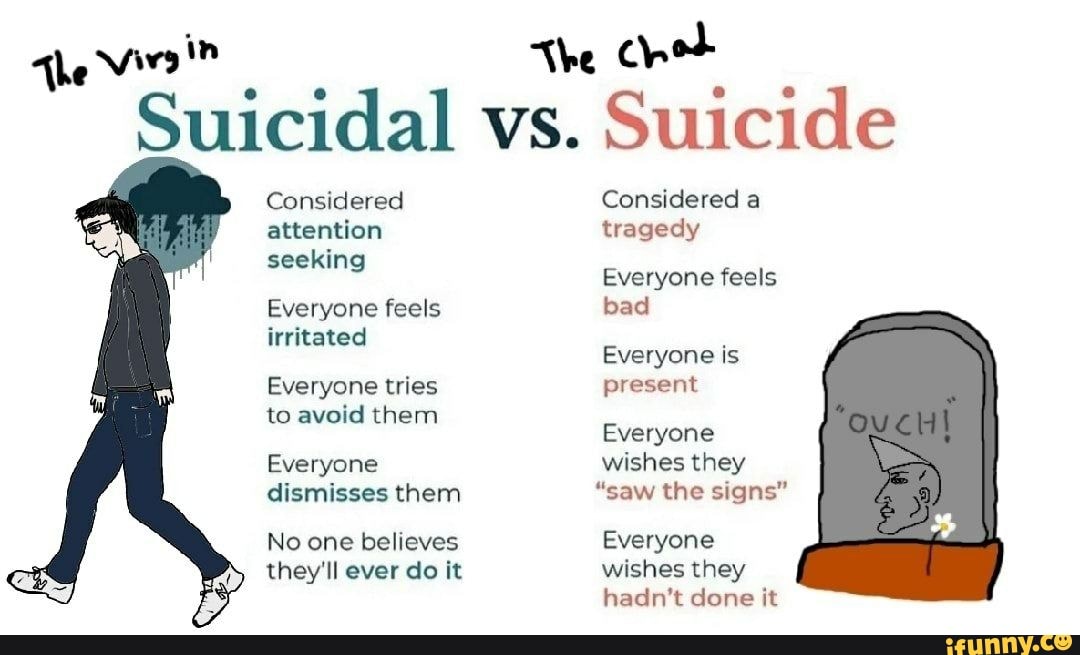
Learn more









